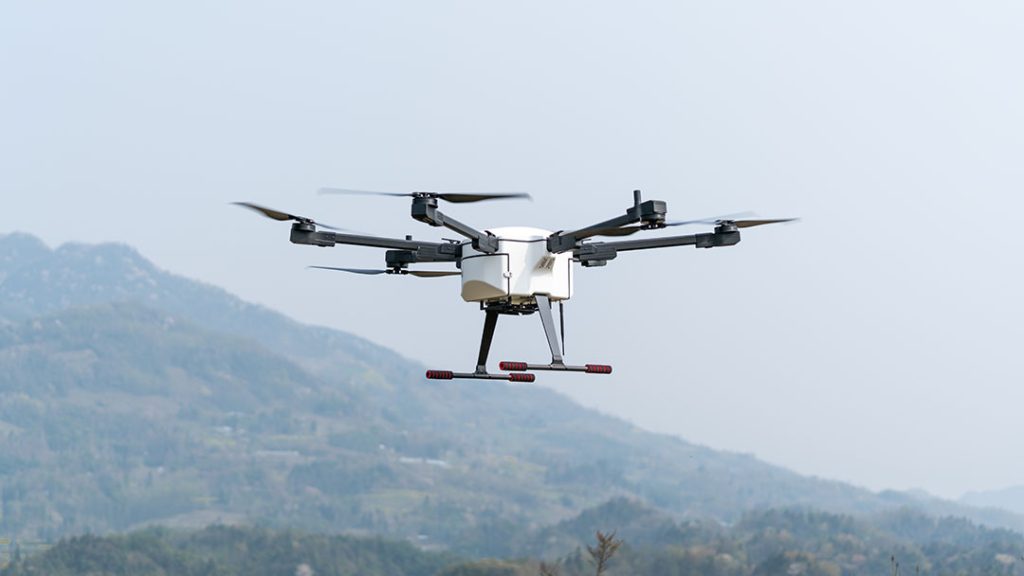
An unexamined life is not worth living.
Socrates
Drones: Beyond Delivery to Disaster Management
As technology continues to evolve, drones have emerged as invaluable tools in various sectors, particularly in disaster management. Their capabilities extend far beyond mere delivery services; they play a critical role in search and rescue missions, wildlife monitoring, and delivering aid in disaster zones. This blog explores the transformative impact of drones in these areas and how they enhance emergency response efforts
Search and Rescue Missions
Drones have revolutionized search and rescue operations, especially in scenarios where traditional methods are inefficient or dangerous. Equipped with advanced technologies such as thermal imaging and high-definition cameras, drones can:
Conduct Aerial Surveillance: Drones provide real-time aerial views of disaster-stricken areas, allowing rescuers to assess the situation from above. This capability is crucial for locating missing persons and identifying hazards that may impede rescue efforts.
Access Hard-to-Reach Areas: During disasters like earthquakes or floods, human rescuers often face challenges in accessing affected regions. Drones can navigate through debris and rugged terrain, covering large areas quickly and efficiently. For instance, during the 2017 Mexico City earthquake, drones were instrumental in locating trapped individuals within collapsed structures.
Utilize Thermal Imaging: In low-visibility conditions such as smoke or darkness, drones equipped with thermal sensors can detect heat signatures from individuals, significantly speeding up search operations.
Monitoring Wildlife
Beyond their role in disaster management, drones are increasingly used for wildlife monitoring. They provide a non-intrusive way to observe animal behavior and track populations in their natural habitats. Key benefits include:
Minimizing Human Disturbance: Drones can monitor wildlife without the need for human presence, reducing stress on animals and allowing for more accurate data collection.
Collecting Data Efficiently: Drones can cover vast areas quickly, capturing high-resolution images and videos that help researchers analyze animal movements and habitats over time.
Delivering Aid in Disaster Zones
In the aftermath of disasters, timely delivery of supplies is crucial for affected communities. Drones facilitate this process by:
Transporting Essential Supplies: Drones can deliver medical supplies, food, and water to remote or inaccessible areas where traditional transportation methods may be hindered by debris or damaged infrastructure. This capability was notably utilized during recent natural disasters where ground access was severely restricted.
Mapping Affected Areas: Drones equipped with mapping technology can create detailed 3D maps of disaster zones. This information is vital for assessing damage and planning recovery efforts effectively. Accurate mapping helps authorities prioritize resource allocation and identify the most severely impacted regions.
Conclusion
The integration of drone technology into disaster management represents a significant leap forward in how we respond to emergencies. By enhancing search and rescue operations, monitoring wildlife populations, and delivering critical aid swiftly, drones are reshaping the landscape of disaster response. As advancements continue in drone technology, their applications are likely to expand further, making them indispensable tools in both emergency management and environmental conservation efforts. Embracing this technology will not only improve our ability to respond to disasters but also foster a more sustainable approach to wildlife monitoring and protection.



